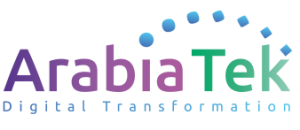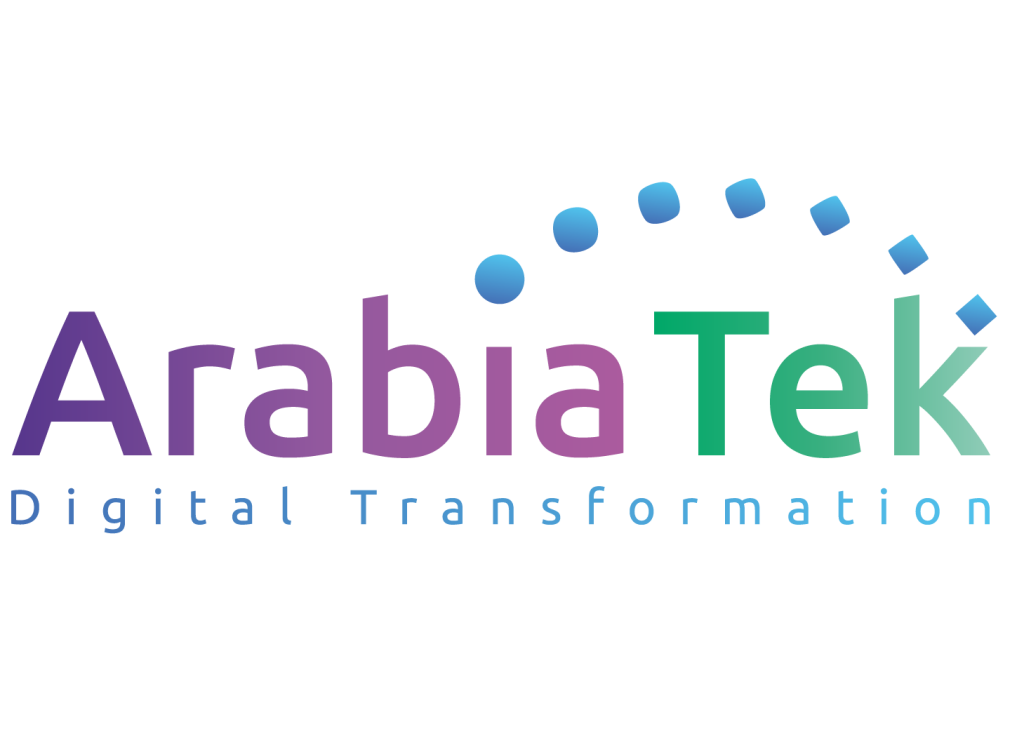
Emirates Health Services EHS
Customer Name: Emirates Health Services
Department: Dental Department
Solution Provided: Enterprise Dental Management system
Implementation Duration: 12 months
Project Team: 12 members
Project status: Live
Project Year: 2020
Introduction:
Emirates Health Services, previously, Ministry of Health & Prevention (EHS, previously, MOHAP), is the governing health body for all the Northen Emirates of UAE, it required a dental solution that would centralize all their patient information and dental treatments. Memits Solutions LLC proposed an enterprise level dental solution that would be integrated into their existing Hospital Information System (HIS) to streamline the operations all through a single workflow.
EHS Background:
Emirates Health Services (EHS) was established with the aim of enhancing the efficiency of the public health sector in the country, by providing health care, treatment services, taking preventive measures, combating epidemics and diseases, as well as achieving a sustainable development of health care.
Based on the UAE’s vision, 2021 aims to make UAE one of the most innovative countries in the world, as innovation is the foundation of life-quality and development, this comes in line with the National Agenda and the National Innovation Strategy, which focused on the health sector’s vital role that will lead the innovation process in the future.
Problem Statement:
EHS was facing Strategical Problem in the Dental Department where the Dental Clinical Information and Dental Workflow is not covered in their Main Hospital Information System.
This caused multiple issues, but mainly, the following:
- Complex Operations: Obstacles faced through operations were abundant in terms of having multiple facilities (85 facilities) that were not following a single standard workflow to categorize patient charting, dental treatments, lab results, consents as well as a plethora of other obstacles faced.
- Non-Standardized Procedures: HIS systems do not usually have CDT codes, only CPT codes, as the CDT codes requires multiple information, such as, surface, site, etc.. which are international standards for Dental treatments.
- Data Management & Analysis: Data Management & Analysis is a main concern as Medical reports would overlap Dental reports causing an incorrect analysis for Dental facilities.
- Compliance & Security: Difficulty of compliance with Healthcare regulatory bodies, such as HIPPA, due to lack of centralized Dental Management System.
Solution Provided:
A Dental Information System was provided which would integrate with the existing HIS system that would give them the ability to send and receive HL7 messages between the two systems, insuring interoperability, allowing EHS to easily navigate patient files, book appointments, chart patient files, create treatment plans, and provide the doctor with a detailed timeline of the treatment plans and procedures.
The Dental Information System also allows Management to run KPI reports on metrics such number of procedures performed, providing doctor, how many patients have been seen across 85 Dental Clinic with 229 Dental chairs, as well as many other reports that are either standard or custom.
Results Achieved:
- Streamline Operation: The Dental Management system Helps EHS Centralize & administrate their task such as, scheduling appointments, managing patient records, handling billing and tracking inventory by Streamlining these Operational Tasks, the system improve efficiency and reduce Administrative burden
- Standardized Procedure: the Dental Management system enable EHS to standardize their Procedures and Protocols across all their Dental Practices within Organization. That ensure consistency in patient care, billing practices, and record-keeping, which is essential for maintaining quality standards and compliance with Healthcare Standards.
- Enhance Communications: The Dental System facilitates communication among staff members, allowing them to share patient information, collaborate on treatment plans, and coordinate care seamlessly. This helps improve patient outcomes and satisfaction.
- Data Management & Analysis: The Dental System provide robust data Management capabilities allowing EHS to store, analyze, and report on data related to patient demographics, treatment history, financial transactions, and operational metrics effectively. Insights gained from data analysis can inform decision-making, improve operational efficiency, and identify areas for improvement.
- Compliance & Security: The Dental system ensure compliance with healthcare regulations, such as HIPAA (Health Insurance Portability and Accountability Act), and regulatory requirements, such as secure storage of patient information, access controls, audit trails, and encryption. This Help EHS to protect patient privacy and safeguard sensitive data from unauthorized access or breaches.
- Improve Patient Experience: The Dental system enhance the overall patient experience at EHS by reducing waiting times, improving appointment scheduling processes, providing personalized care, and enabling convenient access to information and services. This lead to higher patient satisfaction, increased retention, and positive word-of-mouth referrals.
Conclusion:
In today’s dynamic healthcare landscape, large dental organizations face unique challenges in managing multiple practices efficiently while maintaining high standards of patient care and compliance. An Enterprise Dental Management System emerges as a crucial tool in addressing these challenges by streamlining operations, standardizing procedures, enhancing communication, and ensuring compliance with regulatory requirements.
By leveraging the capabilities of an Enterprise Dental Management System, dental organizations can achieve greater operational efficiency, improve patient outcomes, and drive sustainable growth. The centralized nature of an Enterprise Dental Management System enables seamless coordination among staff members, facilitates data-driven decision-making, and promotes a consistent patient experience across all practices within the organization.
In an increasingly competitive market, investing in a robust Enterprise Dental Management System is not just a matter of convenience but a strategic imperative for dental organizations seeking to optimize performance, mitigate risks, and deliver exceptional value to patients. By embracing technology and implementing a comprehensive Enterprise Dental Management System, dental organizations can position themselves for long-term success and continue to thrive in an ever-evolving healthcare landscape.

